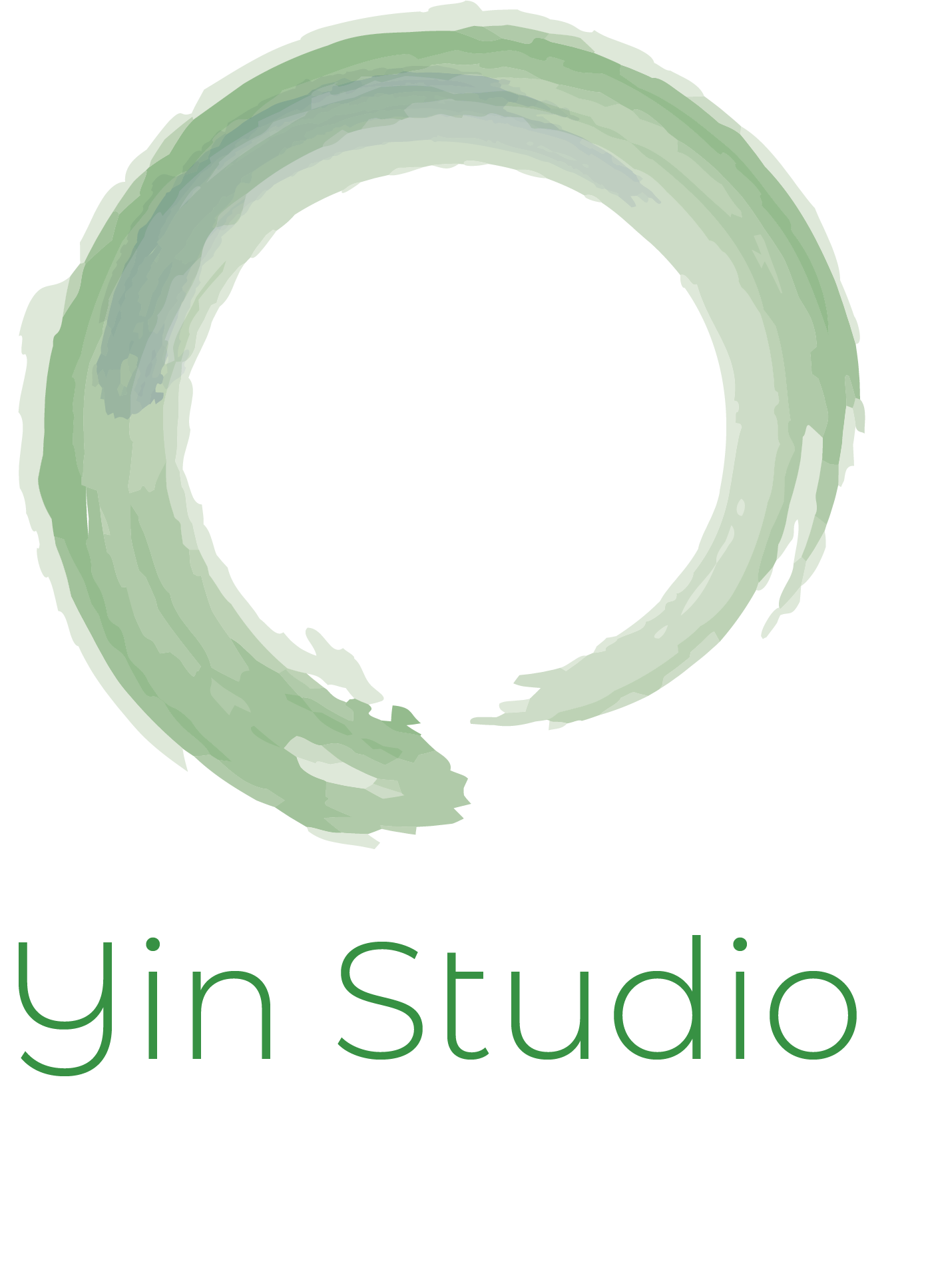Laser Acupuncture ?
Similar in principle to conventional acupuncture, laser acupuncture is a treatment technique to simulate the flow of energy in the body using nothing but low-level laser beams. Yin Studio offers this advanced method to broaden treatment options for patients seeking pain relief without the use of needles. Patients who are uncomfortable with needles or who suffer from certain medical conditions can now take advantage of laser acupuncture.
Modern research has provided new opportunities for acupuncture treatments that did not previously exist, including microcurrent, magnetic treatments and laser acupuncture.
Laser acupuncture is practiced widely throughout Europe and Asia and is quickly gaining popularity in the United States. It is just starting to be used more widely in Australia.
The basic tenets of laser acupuncture remain the same as those in traditional Chinese acupuncture, despite the change in methodology. By applying pressure to or stimulating certain points around the body (known as acupoints), a practitioner can address your body's energy and minimise or even eliminate pain.
This treatment is recommended for a wide variety of musculo-skeletal conditions, ranging from carpal tunnel and arthritis to bursitis and herniated discs. Unlike the heated lasers used to make incisions during surgery, these cold alternatives do not need to break the skin to stimulate acupoints. Laser acupuncture is also a less alarming prospect to those who do not wish to undergo any sort of invasive treatment. Studies show that low-level lasers can help regenerate cells, decrease pain, reduce inflammation, improve circulation, and stimulate hair growth, to name a few examples.
In addition to the numerous health benefits offered by acupuncture in general, laser acupuncture in particular provides certain advantages over traditional techniques:
Faster treatment: In traditional acupuncture, a needle must be inserted and left in place for at least twenty minutes to stimulate an acupoint. As a result, a single session can last as long as 45-50 minutes. However, lasers can achieve the same effect within seconds. Laser acupuncture sessions thus provide similar results in much less time.
Greater comfort: While many patients undergoing traditional acupuncture experience little to no discomfort, laser acupuncture minimizes this even further. Furthermore, because there are no needles involved, patients can be less nervous about the experience, which makes for a much more comfortable session.
Faster recovery: Because lasers do not break the skin, patients recover much faster from their sessions. While you may notice mild redness in the skin at the treatment site, it usually fades quickly.
Laser Acupuncture Research
In 1991, a study was done in Novosibirsk, Russia that applied directly to the study of acupuncture. Researchers shined light on various parts of the body and found that light traveled under the skin to other acupuncture points, but it didn't travel to places that were not on acupuncture meridians. It appears that the body contains a sort of fiber optic network—where light enters an acupuncture point, travels through the meridian and can be detected at other places along the meridian with a sensitive photon detector. This is a fascinating study showing how light is actually received, used and transmitted throughout the body.
Recent studies on laser acupuncture have included advanced brain imaging, as well as several other modern protocols for measuring various physiological effects to the body. These studies show that laser acupuncture has physiological effects, not only locally, but also in the brain, similar to needle acupuncture. Laser on Urinary Bladder 67, for example, shows measurable effects in the brain. The effects were only detected when the laser was turned on. When the laser was turned off, no effects were detected.
Multiple published studies have shown good effects of laser acupuncture for the following conditions: hiccups, bed wetting, weight loss, post-operative nausea and vomiting, pain control, surgical anesthesia, dental anesthesia, carpal tunnel syndrome, dry eyes, and stroke-related paralysis. Obviously, as more studies are performed, more information will be found.
